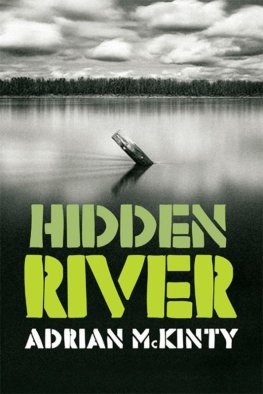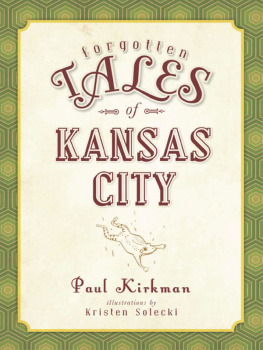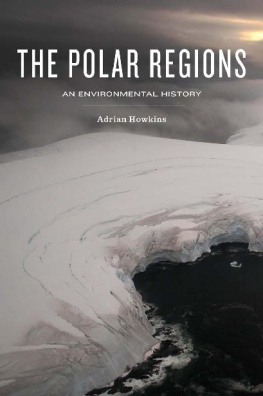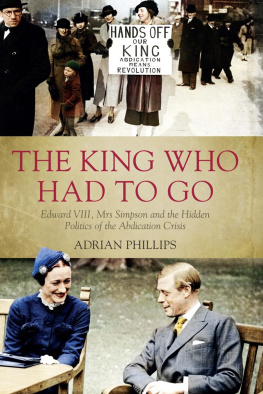Published by The History Press
Charleston, SC
www.historypress.net
Copyright 2017 by Adrian Zink
All rights reserved
Front cover: Shooting buffalo from a train on the Kansas-Pacific Railroad. The government encouraged destruction of the buffalo and hunting excursion trains such as these were promoted. 1871. Courtesy of the Library of Congress.
First published 2017
e-book edition 2017
ISBN 978.1.43966.366.0
Library of Congress Control Number: 2017948451
print edition ISBN 978.1.62585.889.4
Notice: The information in this book is true and complete to the best of our knowledge. It is offered without guarantee on the part of the author or The History Press. The author and The History Press disclaim all liability in connection with the use of this book.
All rights reserved. No part of this book may be reproduced or transmitted in any form whatsoever without prior written permission from the publisher except in the case of brief quotations embodied in critical articles and reviews.
To my wife, Toni, who gave me my beautiful children, Xavier and Niobe.
And to my parents, Joe and Mary Ann,
who encouraged me to engage my brain occasionally.
CONTENTS
PREFACE
This book has its genesis in the long summer days that I spent as the administrator of a rural Kansas Historical Society historic site a few years ago. In 2011, I was hired to manage Mine Creek Battlefield State Historic Site in Pleasanton, roughly an hour south of Kansas City. I kept plenty busy there with various tasks such as clearing trails for visitors, running the gift shop, giving tours, lecturing about Kansas during the Civil War, cleaning bathrooms, preserving artifacts and even acquiring a cannon for the site. When I wasnt doing all that I was updating the social media pages for Mine Creek Battlefield, which included a lot of reading into Kansas history. As I was also hired as site administrator of nearby Marais des Cygnes State Historic Site, I had to dive deep into primary sources to understand what I was teaching to the publicand so I wouldnt look a fool to some Civil War expert who walked in the door!
Sometimes, there would be rainy days with few visitors, so I busied myself studying dozens of different state and local histories of Kansas. The more I read about the states history, the more I ended up taking wild detours from the path I originally meant to study. For example, as I studied the Seventh Kansas Cavalrys role at the battlefield I worked at, I came across the fact that none other than William Buffalo Bill Cody served in the Seventh as a private. Intrigued by that, I delved into Codys life and learned of his role as a scout for a Grand Duke of Russia who came to Kansas years later on a grand tour. Delving even deeper, I learned of George A. Custers role in that tour. Knowing Custer served in Kansas for many years, the detour continued, and I ended up eventually in some random story about Wild Bill Hickok killing one of Custers men in a saloon brawl in Hays, Kansas. You see where curiosity gets you? You end up in an intellectual ditch. A fascinating ditch, but way off from where you started.
I started jotting these neat little stories down in a notebook, thinking that they would be great nuggets of history for a future book. Throughout 2012 and 2013 I continued these notes, adding other random state history stories to the notebook. Many of them had nothing to do with the Civil War and encompassed a wide variety of subjects, including sports, astronomy, crime, geology, spaceflight, civil rights and even the Donner Party. I had grand ideas about writing this book someday. Well, life happens, and someday gets pushed back. With a three-year-old son and a newborn daughter, it gets pushed back again. You change jobs a time or two, and someday continues its long march.
Finally, in August 2016 I decided that it was now or never and I needed to actually write this thing. I wrote a seventeen-page book proposal and sent it to The History Press thinking that it was a long shot, but at least I had tried. I was amazed when they got back to me just a couple weeks later and they accepted my pitch. With the encouragement of my managing editor Amanda Irle, I have spent many late nights (after putting the kids down) during the last few months studying and compiling some of the best anecdotes and forgotten stories that I could find. I dove into hundreds of Kansas history books, newspapers, documentaries and websites and surfaced with what I hope is a collection of the states best hidden histories. I am particularly indebted to Bob Beebe at the National ArchivesKansas City for his help with patent files, to Tom Keating and my parents, Joe and Mary Ann Zink, for interesting story leads and to the Library of Congress for its invaluable photos. While some of these stories may be well known, my goal has been to find the hidden details behind the histories that the reader may have never known. I hope you enjoy reading this as much as I have writing it. Ive learned so much.
1
ANCIENT LANDS, ANCIENT PEOPLES AND FIRST CONTACT WITH WESTERNERS
GLACIERS OF ANCIENT KANSAS
If you could go back in time to 700,000 years ago, youd find Kansas to be a far colder place. At the time, a massive continental ice sheet had advanced all the way down into the northeastern part of the state. This same ice sheet covered all of modern-day Canada and stretched from Washington State all the way to Maine, dipping down to Kansas, Missouri, Illinois, Indiana and Ohio in the middle. To put it in perspective, one-third of the continent of North America was under the ice. While there are many people who know that glaciers left their mark on northeast Kansas, most people are unaware that an ice dam backed up the Kaw River to create the largest lake Kansas has ever seen.
Over the last hundreds of millions of years, there have been many ice ages in which significant parts of the world were covered in ice tens of thousands of feet thick. The latest Ice Age began 2.6 million years ago, and we are still in the midst of it today. Though we dont think of now as an ice age, we technically are still in one because of the presence of massive ice sheets in places such as Greenland and Antarctica. We just happen to be in the Holocene right now, which is a temporary interglacial period. The ice sheet that came to Kansas 700,000 years ago was one of the most dynamic. Some places in the polar regions and Greenland are quite stable, whereas North Americas repeatedly expands and contracts.
There is evidence all over northeastern Kansas of two separate glacial advances into the state. One from southern Minnesota, South Dakota and Iowa brought massive Sioux Quartzite boulders and other rocks and left them all over the region. You can even see a giant pink boulder at Seventy-Eighth and State in Kansas City, Kansas, if you want to check one out. There are also directional grooves carved into limestone rocks all over Doniphan, Leavenworth, Douglas, Nemaha, Shawnee and other counties. Agate from Lake Superior, iron ore from the Duluth area and even some copper was brought hundreds of miles by the ice and dropped off. There are some hills in counties such as Wabaunsee that have so many erratic rocks littering them that geologists dub them felsenmeer, a German word meaning sea of rocks.













